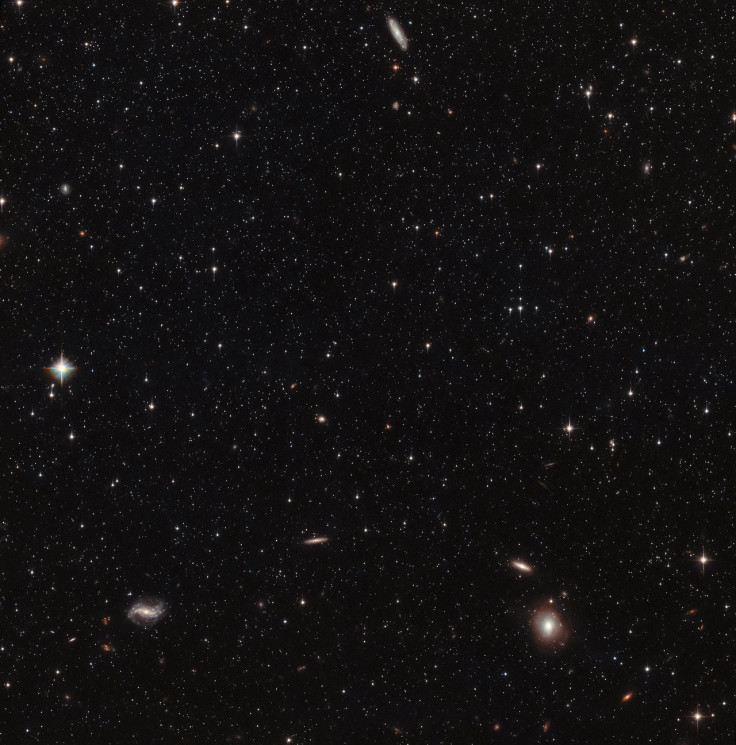Stellar feat: Astronomers capture 3D movement of stars to study dark matter in nearby galaxy
Researchers capture 3D movement of stars with high-accuracy.
For the first time, researchers have directly measured 3D motion of stars in unprecedented detail in a small galaxy outside Milky Way.
Using datasets from the Hubble Space Telescope and ESA's Gaia satellite, the researchers measured the movement of stars within the Sculptor Dwarf Galaxy, located some 300,000 light-years away from Earth. Sculptor is a satellite galaxy that orbits the Milky Way and is dominated by stars as well as dark matter.
The researchers combined observations from the two missions in order to determine the position as well as the movement of stars within the galaxy over a period of 12 years.
By using background galaxies that did not change position during this particular period, the researchers shortlisted 15 stars from as many as 120 measured by Hubble and Gaia.
After analysing their movement, the team found that the stars move preferentially on elongated radial orbits, something that suggests that the density of dark matter increases towards the centre of the galaxy rather than flattening out.
"One of the best ways to infer the presence of dark matter is to examine how objects move within it," explains Amina Helmi, co-author of the paper, published in Nature Astronomy. "In the case of dwarf spheroidals [like Sculptor Dwarf], these objects are stars."
Scientists have previously measured the motion of stars in their "line of sight", which is a movement towards or away from Earth. But capturing small movement in the plane of the universe like in this case has been extremely difficult, particularly for objects outside our galaxy.
"Our results show that by using the Gaia data, combined with other data sets, we can measure the proper motion of stars outside the Milky Way and thus improve the models which describe how dark matter is distributed in these other galaxies," says Davide Massari, the lead author of the study.
"With the precision achieved we can measure the yearly motion of a star on the sky which corresponds to less than the size of a pinhead on the Moon as seen from Earth."
Among other things, the researchers also gained new insights into the trajectory of the small galaxy as it continues to orbit the Milky Way. Currently, Sculptor is at the closest point near our galaxy, but its high-inclination elongated orbit could take it as far as 725,000 light-years away.






















